Having probed parents for their feelings on STEM/STEAM, we now turn to toy experts for their perspectives on what makes a good STEM/STEAM toy.
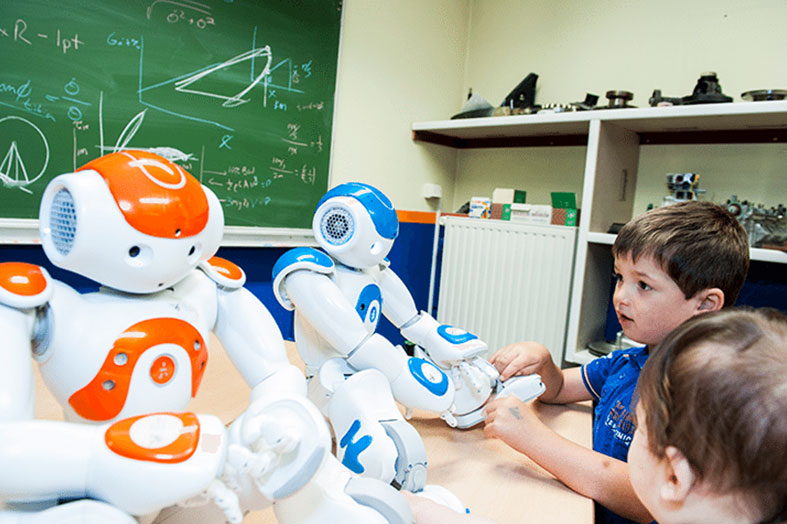
This section consists of input from a survey in which 67 Toy Association members and toy experts participated. This was followed with 26 in-depth phone interviews along with insights gathered from two expert panels hosted at both the 2019 Consumer Electronics Show (CES) and at the 116th annual North American International Toy Fair.
Based on the above input, the Toy Association identified 14 unifying characteristics of STEM/STEAM toys, including 2 mandatory and 12 strengthening, all of which are detailed below.
MANDATORY CHARACTERISTICS
Research resulted in determining two mandatory must-haves for the product. The first defining characteristic is self-evident in that the product promotes an aspect of STEM. A product should lead a child into exploring an area of science, technology, engineering or math, or engage in the scientific method. The scientific method involves investigation through experimentation and observation to acquire new knowledge, solve problems, and answer questions. If one asks the question, does this product get kids thinking about STEM and/or the basics of the scientific method, and the answer is yes, then it qualifies for the “STEM” part of a good STEM/STEAM toy.

The second mandatory must-have is that the product needs to be fun. Does this toy engage the child, captivate interest, fuel exploration, and entertain? This prerequisite is a more subjective trait and is frankly more elusive. To qualify, ask the question, does this product feel fun to kids when they play with it? If the answer is yes, then this represents the “toy” part of a good STEM/STEAM toy.
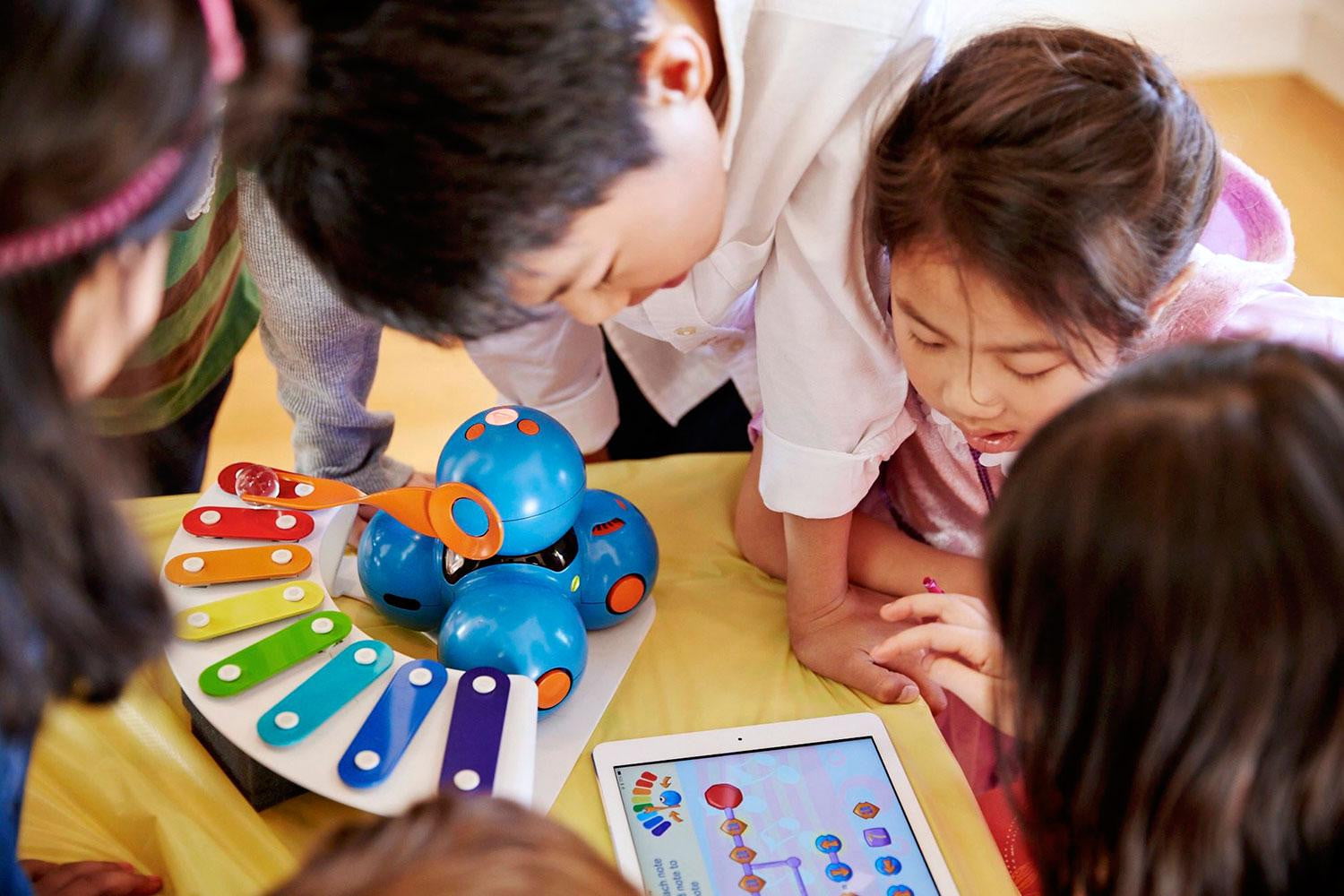
A good STEM/STEAM toy triggers both sides of the brain. The left-side, logical and reasoning part of the brain, is activated when the toy or play experience gets kids thinking about aspects of science, technology, engineering or math. The right side of the brain that deals with emotions is triggered when the play experience creates a
fun feeling.
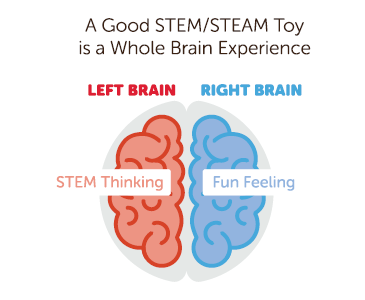
“ The fundamental thing that we have to evaluate is—does it teach
the method. The core method is the engineering method, the
scientific method or the design-thinking method—they are all
essentially the same thing… It’s about coming up with a hypothesis,
making a solution to the problem, watching the results of your
solution, and then iterating until you get to a final end.”
-Ayah Bdeir, CEO and Founder, littleBits
STRENGTHENING CHARACTERISTICS
After establishing the two mandatory requirements, participants identified 12 characteristics that strengthen STEM/STEAM skills and contribute to defining a good STEM/STEAM toy.
1. OPEN-ENDED. This refers to a toy that encourages the child to find his or her own individual way to play. After the mandatory characteristics, this was the most predominant attribute mentioned for a good STEM/STEAM toy – the ability for a product to be used in multiple manners where there is no one right way to play. This includes toys that offer various pathways to solving a problem, building a structure, creating a design or accomplishing a task.
2. RELATES TO THE REAL WORLD. Toy industry experts pointed to the need to help children and/or parents understand how a play experience with a toy relates to STEM and the surrounding environment. An example mentioned was that pushing a toy truck is teaching a child physics; but this mere act does not lead to a child ending up in an Advanced Placement Physics class in school. A good STEM/STEAM toy needs to make that association. STEM and STEAM skills should be looked at as similar to literacy and connect kids to things that are relevant to them. Children can then understand that science, technology, engineering, and math have an impact on their world and their lives, regardless of whether they pursue a STEM career or not.
3. ALLOWS FOR TRIAL AND ERROR. This is a trend that has been identified by several of the interviewees as one of the most misunderstood, unappreciated, and necessary elements that needs to be encouraged in relationship to STEM and life. Failing is part of the pure scientific model of testing. Experimenting presumes that kids will go through a series of trial and errors that will lead to a payoff of discovery and beyond.
Being free to fail is one of the most significant differences between formal learning in school, where risk is seldom rewarded, and informal learning outside of the classroom where taking a chance adds to the excitement. The ability for a child to learn to acknowledge and accept failure is paradoxically a key to success. Eliminating the fear of failure through toys and play allows the child to have the freedom to playfully bump up against obstacles and then try out new solutions never before explored.
4. HANDS-ON. This characteristic was identified again and again, along with the science behind it, emphasizing that there is a link between kids using their hands and developing their brains. We remember experiences more if we use our hands – toys are the perfect example of hands-on learning. The tactile, tangible input kids get from working with their hands is particularly relevant today where the frequency of screen time leaves less and less physical feedback flowing into a child’s life. This means that some kids’ brains are literally starved for tactile sensory experiences that three-dimensional toys can provide.
5. CHILD-LED. This characteristic is about building intrinsic motivation and fostering self-determination. To be a good STEM/STEAM toy, it needs to deliver on the toy part of that concept and that means the child needs to lead the play experience. Autonomy is a basic human drive and one that children crave in their often over-scheduled, over-controlled lives. Play is the place where kids can lead and when they do, they can tangentially learn not only about STEM subjects, but about themselves as well.
6. PROBLEM-SOLVING is a key element taught through toys and play. Giving children a play challenge allows them to think and figure things out for themselves. It can take the form of the product itself presenting the problem to be solved or allowing the
child to choose their own problem to tackle. This encourages kids to invent and design solutions to problems they want to figure out. Problem solving is a highly transferable thinking skill that can be applied to other parts of a child’s life. Computational thinking (thinking in ways a computer could understand), is an important aspect of problem-solving – a gateway to coding – and toys are an effective way to teach this and other mental skills.
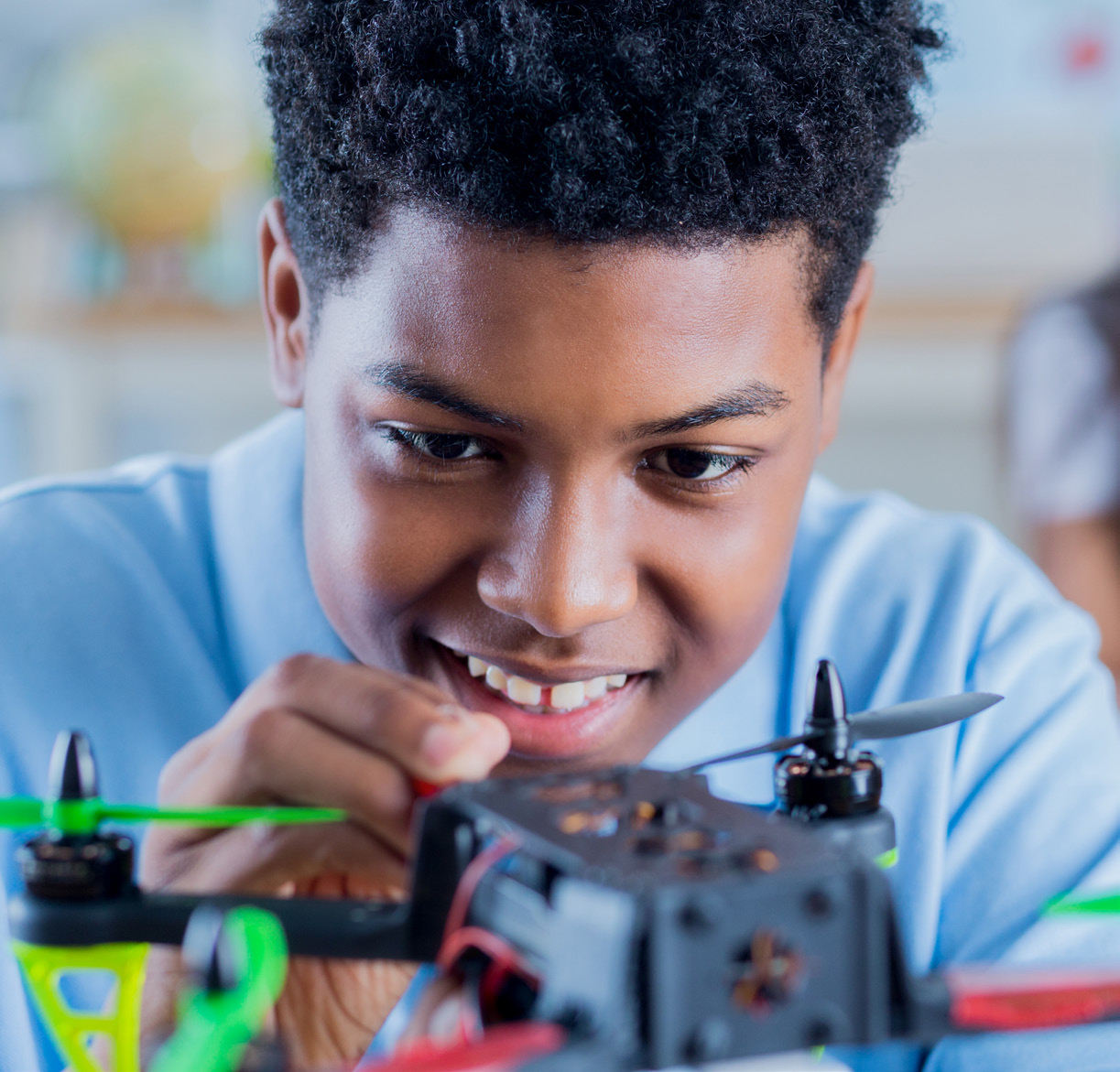
7. INCLUDES CURRICULUM. There was discussion about the necessity for curriculum to accompany and even legitimize a good STEM/STEAM toy along with the need to be age appropriate. For example, the toy should not be for a four-year-old and the curriculum more appropriate for a master’s degree in physics. There was also input on the need for curriculum to be parent-friendly. This can then serve two purposes. In one it allows a parent or teacher to have the confidence and competence to guide the play experience of the child toward STEM learning objectives. In the other, it answers the presumed question, “Why is this a good STEM/STEAM toy?
8. GENDER-NEUTRAL & INCLUSIVE. There was recognition that STEM opportunities and participation in STEM careers should be more inclusive. This included the need for gender-neutral products, toys that served children with special needs, and brands that embraced cultural differences. This inclusiveness is critically important to harness a diversity of perspectives needed to solve the complex problems of the 21st century and engage segments of the population previously under-represented in STEM fields.
9. SUPPORTS PARENTS. Parents attitudes were addressed such as familiarity with the term STEM/STEAM, and whether they found it intimidating. Parents were referenced in Phase 1, when it was revealed that fear is contagious, and parents can pass their fear of STEM subjects on to their child. It was also recognized that parents
are the gatekeepers of toys, especially for young children. Supportive materials can be delivered in different ways such as videos, etc. for parents to help them feel comfortable with STEM subjects, add value to the product, and encourage parental involvement.
10. BUILDS CONFIDENCE. Kids tend to label themselves just like products get labeled and that belief can be a limiting one if a child is intimidated or feels unprepared to learn STEM. STEM/ STEAM toys can create confidence in exploring these subjects and that confidence is then transferable to other subjects and segments of a child’s life.
11. ENCOURAGES CREATIVITY. Art, creativity, and the humanities all came up in the interviews as it relates to STEM and STEAM. The need to apply the “A” to STEM to create STEAM was touched on in the context of teaching kids to think outside of the box or to color without needing lines. Most creative people will attest to the fact that creativity demands practice and courage, and toys can deliver on both those fronts.
12. SOCIAL/EMOTIONAL SKILLS. were touched on and related to the fact that the concept of STEM/ STEAM is evolving as new competencies continue to surface to succeed in these careers. Emotional IQ, Social/ Emotional Learning (SEL), and Emotional Intelligence are all terms that refer to skills that kids are struggling with
today. In relation to STEM/STEAM, these social skills converge with both the career aspirations and the need for collaboration to successfully solve problems.
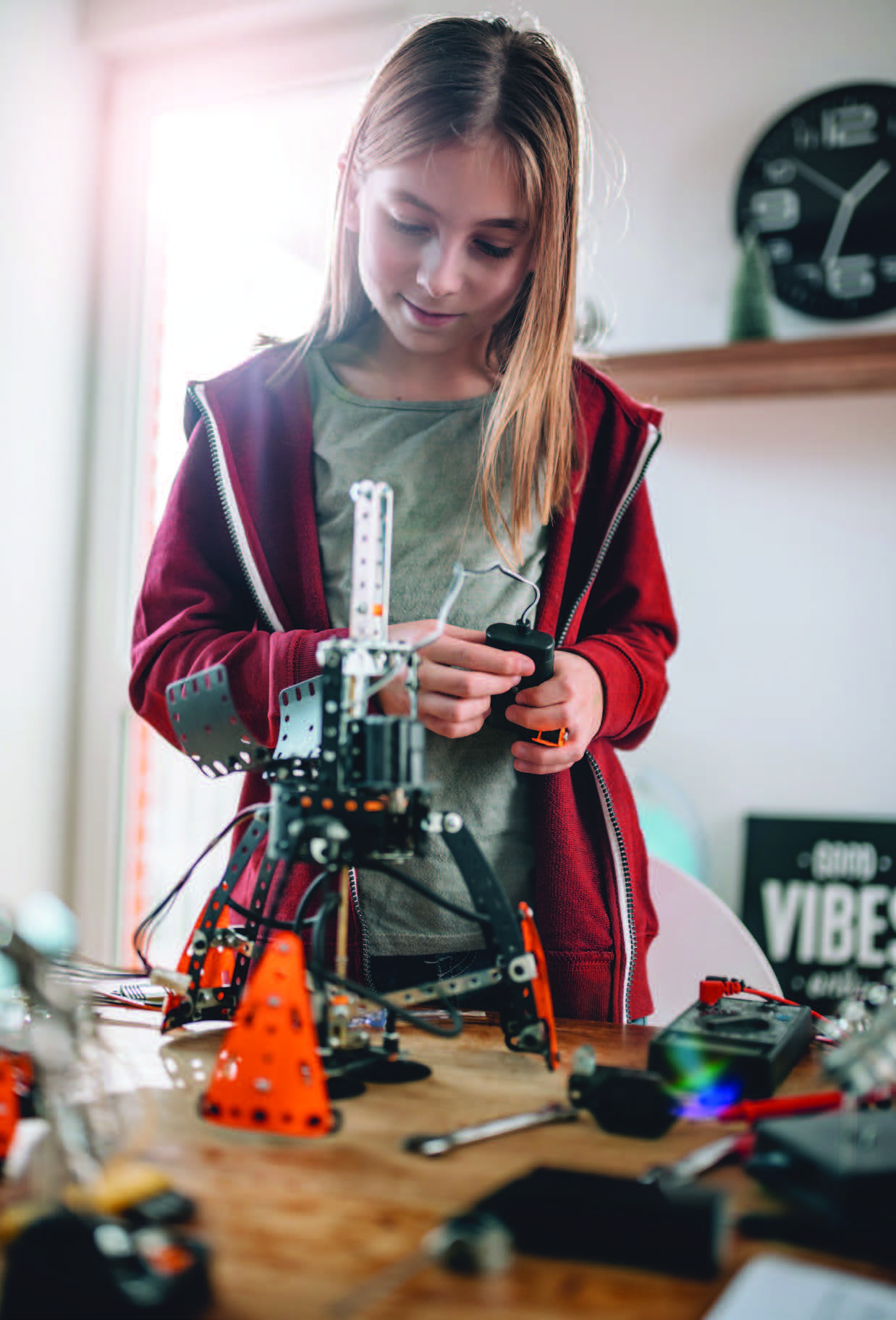
“A good STEM/STEAM
toy delivers growth through challenge–those little steps that
challenge kids and gets them to get outside of their
comfort zone. ”
-Andres Garza, Senior Design Manager
Spin Master
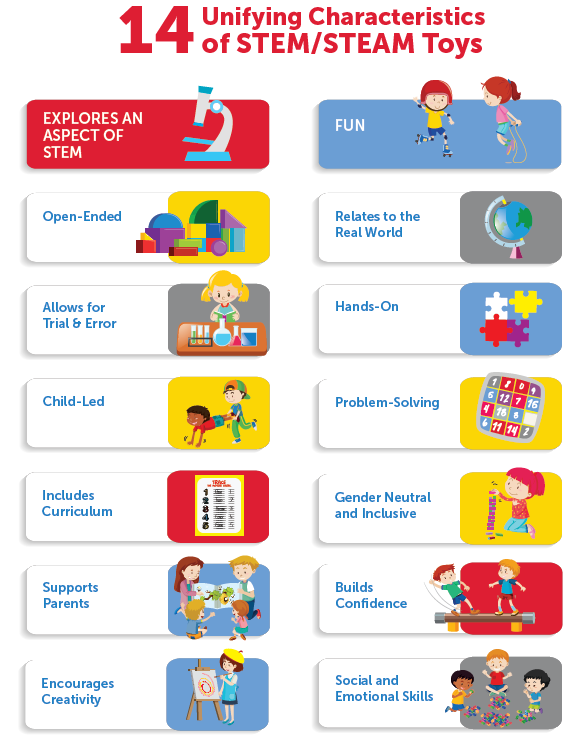
Want to discover the right toys for your STEM classroom?
Check our products and boost your students' STEM skills in a fun and engaging way with robots! just a click away!
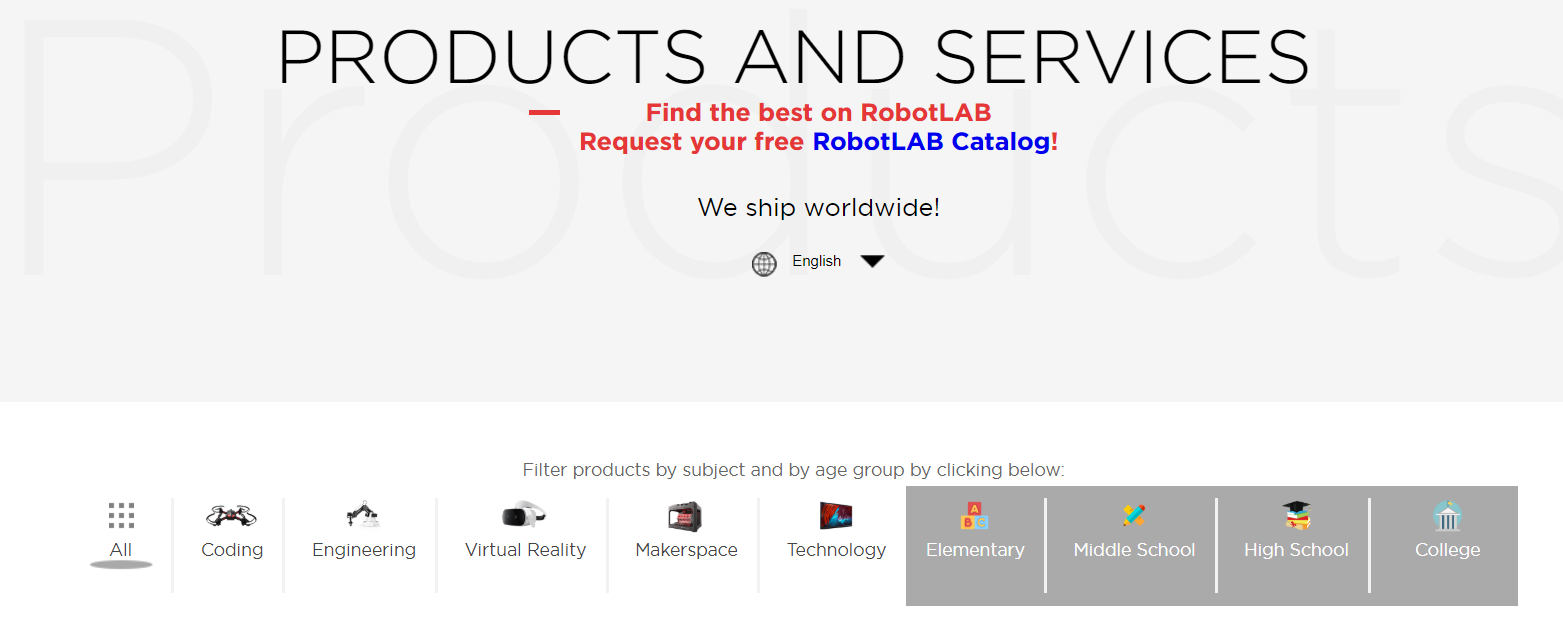
This article is original from The Toy Association, Inc.


